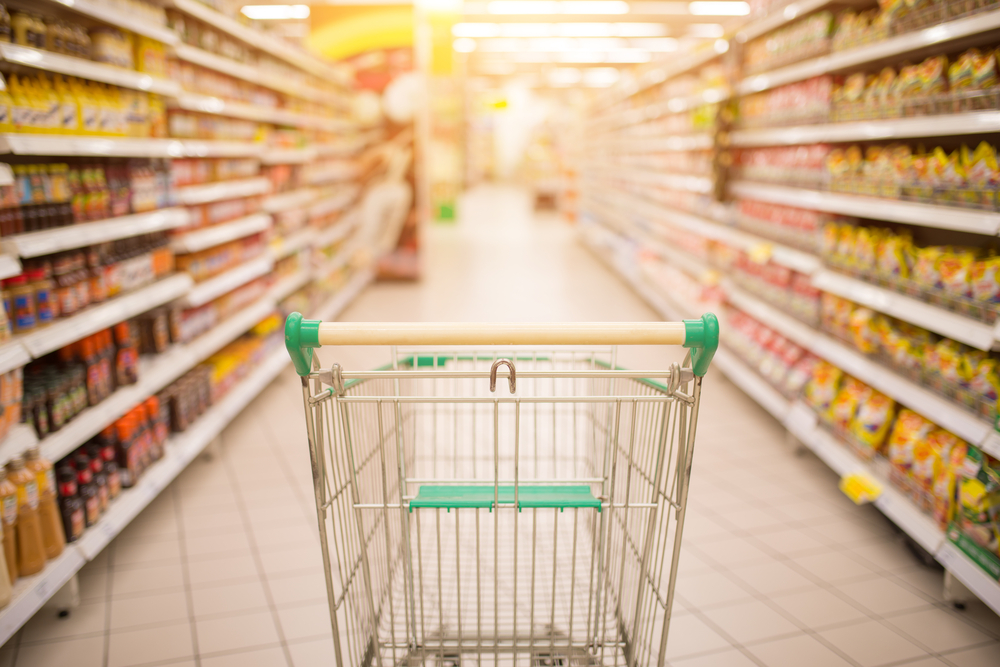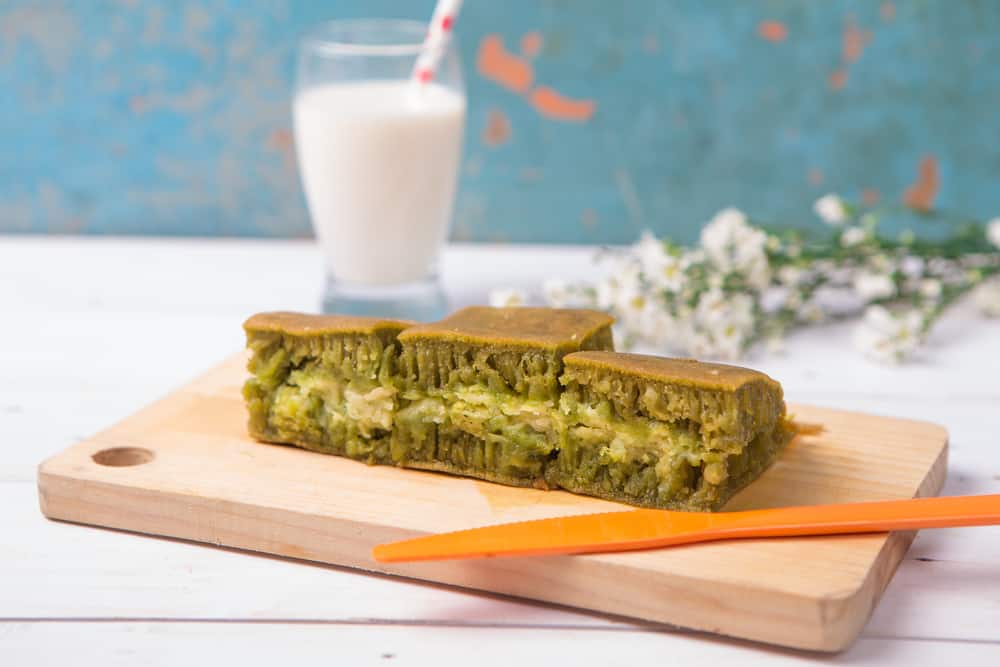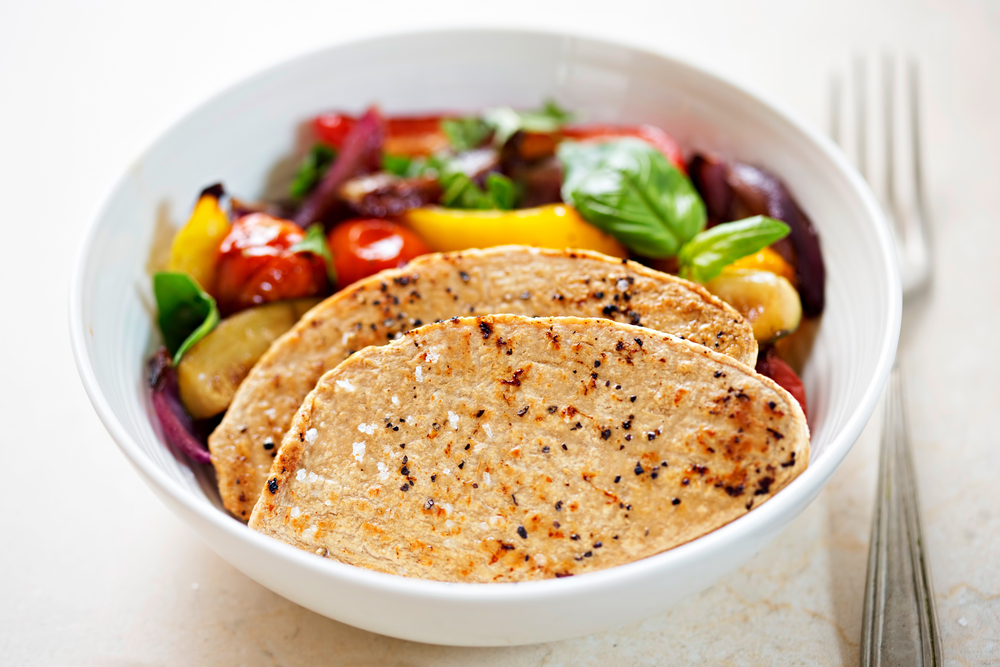Contents:
- Medical Video: Salt Shakedown — How to Avoid Hidden Sodium at the Grocery Store
- Packaged foods are processed with sodium so that the flavor and appearance remain durable, and durable
- The danger of high sodium foods for health
- List foods high in sodium and low in sodium
Medical Video: Salt Shakedown — How to Avoid Hidden Sodium at the Grocery Store
Reducing eating and preservative foods is one of the principles of healthy living. This step is especially important if you have hypertension or kidney disease. Because the excessive sodium intake can be harmful to health.
Packaged foods are processed with sodium so that the flavor and appearance remain durable, and durable
Sodium is actually a natural salt that is contained in many vegetable and animal food products. Natural salt or kitchen salt (sodium chloride) has been used for centuries to preserve food. You or your mother at home may have done it before; salt the raw meat and topple it until it has to be cooked later.
This is because salt is absorbing water, which can cause microorganisms in meat or other food ingredients to die from dehydration. This is the nature that causes food decay bacteria to die, so your food can last longer. Salt is also useful to protect food from fungal growth.
The principle of salting above is then followed by packaging food manufacturers to preserve their products. Even so, the "dose" of sodium used is more than the amount of natural sodium found in natural food products. The excess sodium portion included during the packaging of food packaging also aims to strengthen the taste so that it can remain the same even though it has long been stored in the store.
In addition to kitchen salt, other types of sodium used to preserve food include baking soda, sodium bicarbonate, monosodium glutamate (MSG), sodium benzoate, sodium saccharin, and sodium nitrate. You will find these chemicals in foods such as salad sauce, canned food, baked goods, preserved meat, canned meat, cheese, jam, and so on.
The danger of high sodium foods for health
The body needs salt to function properly. However, excessive salt intake will actually have a negative impact on the health of the body.
When the body has excess salt, the kidneys will have difficulty to drain the excess so that the salt will accumulate in the blood. As mentioned above, salt is absorbing water.When there is too much salt in the blood, the amount of fluid surrounding the blood cells will increase and cause blood volume to increase. High blood volume causesblood pressure rises because the heart will work harder to pump blood throughout the body.
Long-term increase in blood pressure can increase the risk of heart attack, heart failure, and stroke. Therefore, one way to prevent excessive salt consumption is with a low salt diet.
List foods high in sodium and low in sodium
The American Journal of Clinical Nutrition notes that a food product is said to have high sodium content if it contains more than 500 mg of sodium. That is, more than 500 mg for every 100 grams of food.
Some food products with high sodium content include: instant noodles (at least 1500 mg to 2300 mg), sauces (chili sauce / tomato sauce / oyster sauce / mayonnaise sauce / etc) which are around 1,200 mg per 100 g, processed meat (more than 800 mg per 100 mg), and packaged drinks (around 700 mg per 200 ml).
If you find that the sodium content is less than 120 mg after reading the nutritional value information label, these foods include low sodium. Fresh vegetables and cereals are low-sodium foods because they only contain about 200 mg of sodium per 100 grams of product weight.












